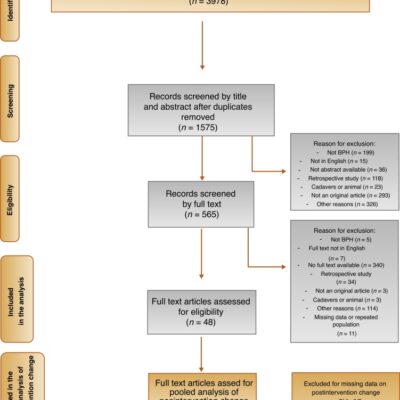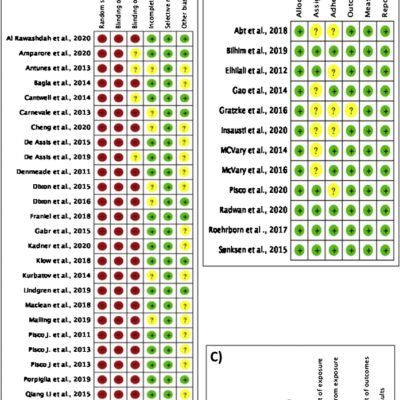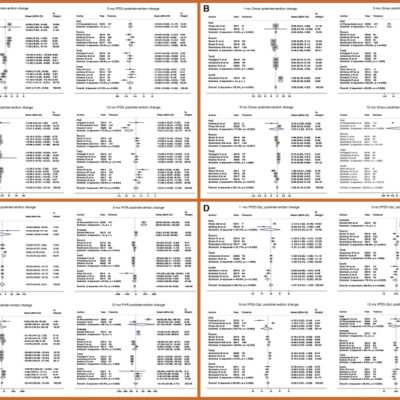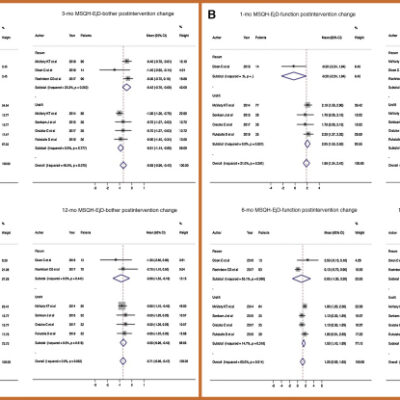Enrico Checcucci, Alessandro Veccia, Sabrina De Cillis, Federico Piramide, Gabriele Volpi, Daniele Amparore, Angela Pecoraro, Alberto Piana, Stefano Granato, Paolo Verri, Michele Sica, Juliette Meziere, Beatrice Carbonaro, Stefano Piscitello, Davide Zamengo, Giovanni Cacciamani, Zhamshid Okhunov, Stefano Puliatti, Mark Taratkin, Josè Marenco, Juan Gomez Rivas, Domenico Veneziano, Umberto Carbonara, Giorgio Ivan Russo, Stefano De Luca, Matteo Manfredi, Cristian Fiori, Riccardo Autorino, Francesco Porpiglia, Uro-technology and SoMe Working Group of the Young Academic Urologists Working Party of the European Association of Urology and of the Lower Tract and Research Group of the European Section of Uro-technology
- PMID: 34604814
- PMCID: PMC8473553
- DOI: 10.1016/j.euros.2021.08.009
Abstract
Context: Benign prostatic hyperplasia (BPH) associated with lower urinary tract symptoms (LUTS) is diagnosed in up to 80% of men during their lifetime. Several novel ultra-minimally invasive surgical treatments (uMISTs) for BPH/benign prostatic obstruction (BPO) have become available over the past 5 yr.
Objective: To evaluate the perioperative and functional outcomes of recently introduced uMISTs for BPH/BPO, including Urolift, Rezūm, temporary implantable nitinol device, prostatic artery embolization (PAE), and intraprostatic injection.
Evidence acquisition: A systematic literature search was conducted in December 2020 using Medline (via PubMed), Embase (via Ovid), Scopus, and Web of Science (registered on PROSPERO as CRD42021225014). The search strategy used PICO criteria and article selection was conducted in accordance with the PRISMA guidelines. The risk of bias and the quality of the articles included were assessed. A dedicated data extraction form was used to collect the data of interest. Pooled and cumulative analyses were performed to compare perioperative and functional outcomes between study groups. A random-effects model using the DerSimonian and Laird method was used to evaluate heterogeneity. Stata version 15.0 software was used for all statistical analyses.
Evidence synthesis: The initial electronic search identified 3978 papers, of which 48 ultimately met the inclusion criteria and were included in the analysis. Pooled analysis revealed a uMIST benefit in terms of International Prostate Symptom Score (IPSS; -9.81 points, 95% confidence interval [CI] -11.37 to -8.25 at 1 mo; -13.13 points, 95% CI -14.98 to -11.64 at 12 mo), maximum flow rate (from +3.66 ml/s, 95% CI 2.8-4.5 to +4.14 ml/s, 95% CI 0.72-7.56 at 12 mo), and postvoid residual volume (-10.10 ml, 95% CI -27.90 to 7.71 at 12 mo). No negative impact was observed on scores for the International Index of Erectile Function-5, Male Sexual Health Questionnaire-Ejaculatory Dysfunction bother and function scales (overall postintervention change in pooled median score of 1.88, 95% CI 1.34-2.42 at the start of follow-up; and 1.04, 95% CI 0.28-1.8 after 1 yr), or the IPSS-Quality of Life questionnaire.
Conclusions: Novel uMISTs can yield fast and effective relief of LUTS without affecting patient quality of life. Only Rezūm, UroLift, and PAE had a minimal impact on patients’ sexual function with respect to baseline, especially regarding preservation of ejaculation.
Patient summary: We reviewed outcomes for recently introduced ultra-minimally invasive surgical treatments for patients with lower urinary tract symptoms caused by benign prostate enlargement or obstruction. The evidence suggests that these novel techniques are beneficial in terms of controlling symptoms while preserving sexual function.
Take home message: Novel ultra-minimally invasive treatments can yield fast and effective relief of lower urinary tract symptoms without affecting a patient’s quality of life.
Keywords: Benign prostatic hyperplasia; Ejaculation; Lower urinary tract symptoms; Micturition; Ultra-minimally invasive.
© 2021 The Author(s).




